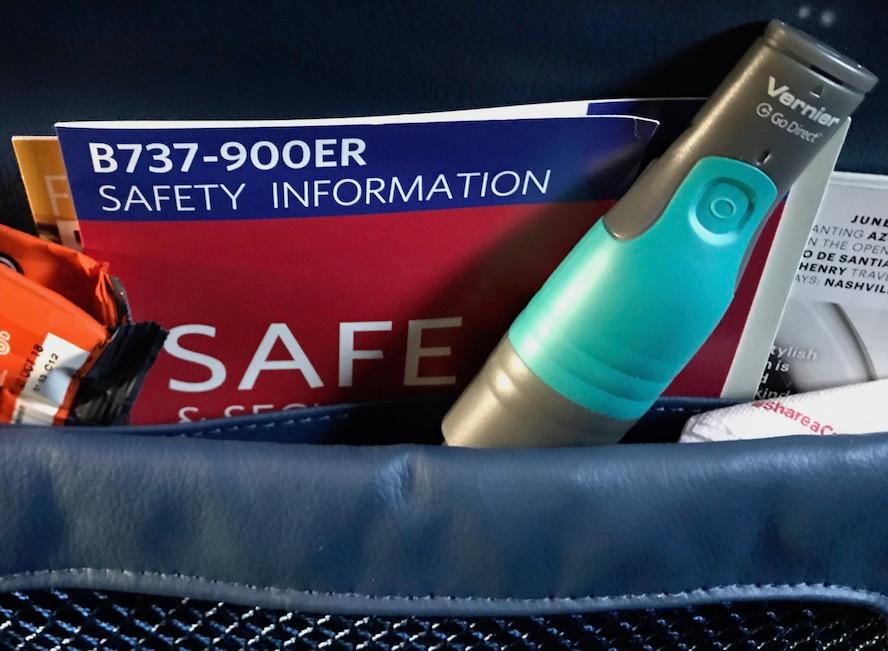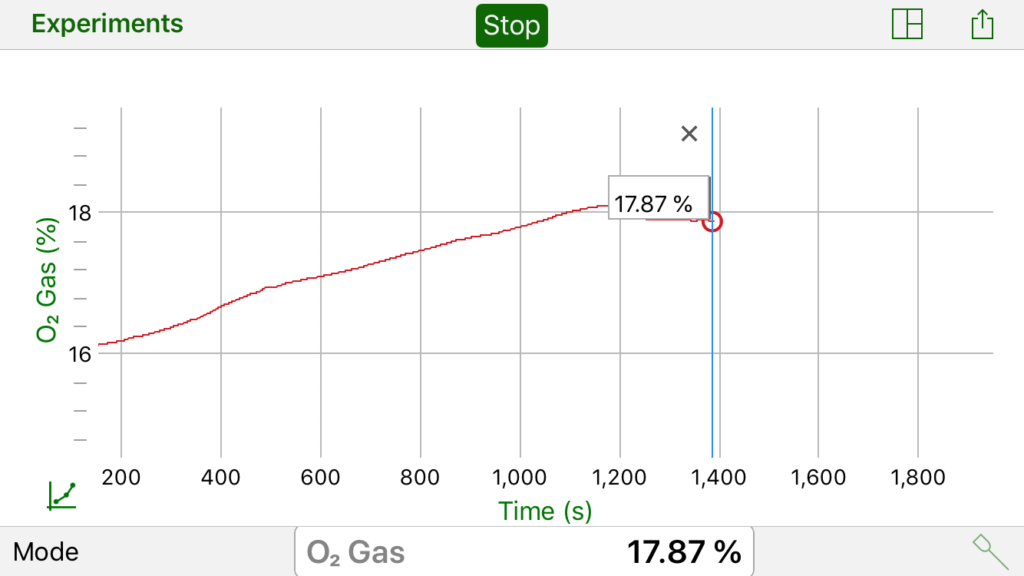NSTA Recommends recently featured the Go Direct® O2 Gas Sensor. In his review, Martin Horejsi used the wireless sensor to collect data during various investigations, including an out-of-the-classroom experiment on an airplane. He highlighted the sensor’s features, plug-and-play functionality, and overall ease of use.


In the review, Martin says:
“With [the] new Go Direct® O2 Gas Sensor, the ability for students to measure relative oxygen concentration has never been easier or faster.”
“As a wireless probe the Vernier Go Direct® O2 Gas Sensor provides all the necessary capabilities of an O2 sensor with none of the pesky cables that limit use, knock over experiments, and require an additional interface.”
He concludes by saying:
“The Vernier Go Direct® O2 Gas Sensor pushes the boundary of experimental measurement forcing a teaching evolution beyond the analog. We can now fulfill the dream as science teachers to where our students leave us behind as they accelerate past us.”
The Go Direct® O2 Gas Sensor measures gaseous oxygen concentration levels and air temperature. It is part of the complete Go Direct family of sensors that offers teachers and students maximum versatility to collect scientific data either wirelessly or via a USB connection. These low-cost sensors can be used in more than 300 teacher-tested experiments developed by Vernier and are supported by free graphing and analysis software, the Graphical Analysis™ 4 app.
Read more about the Go Direct O2 Gas Sensor on NSTA Recommends »
